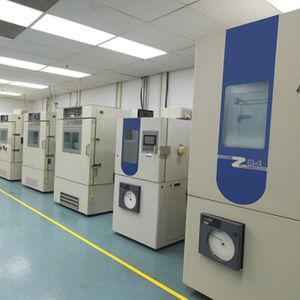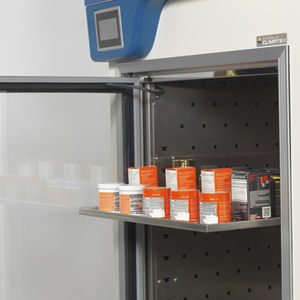

- Products
- Catalogs
- News & Trends
- Exhibitions
Temperature test chamber vibrationfor the aerospace industry
Add to favorites
Compare this product
fo_shop_gate_exact_title
Characteristics
- Test type
- temperature, vibration
- Other characteristics
- for the aerospace industry
- Temperature
Max.: 200 °C
(392 °F)Min.: -100 °C
(-148 °F)
Description
HALT & HASS Testing ServicesOur HALT & HASS testing laboratory provides services to help shorten new product development time, decrease warranty costs and significantly improve product reliability. This is accomplished through stepped temperature & vibration tests to establish product limits and then with rapid thermal cycling and vibration.Test lab technicians work collaboratively with our customers to provide assistance for their HALT and HASS test project. Through careful implementation of each test protocol and industry-leading reporting, our team provides the data necessary to accurately identify design weaknesses or other points of failure.HALT testing and HASS testing are often used in the same breath to describe a series of tests to answer several very important questions about product reliability. While they are often mentioned together, the intent of each test and the time in which they occur in the product life-cycle has vastly different objectives.HALT TestingHALT, or Highly Accelerated Life Testing, is a testing process often known as Destruct Testing or Design Ruggedization. During a HALT test, products and components are subjected to rapid temperature ramp rates and 6 axis random vibration stresses which gradually increase until such time as there is a failure. This failure is identified as a weak point in the design or material used. Once identified, product and material changes can be to ruggedize the product to improve overall quality. Often, these changes will improve the overall design and reduce the time spent in the development phase of the product life-cycle, effectively speeding the product’s time-to-market.
*Prices are pre-tax. They exclude delivery charges and customs duties and do not include additional charges for installation or activation options. Prices are indicative only and may vary by country, with changes to the cost of raw materials and exchange rates.





